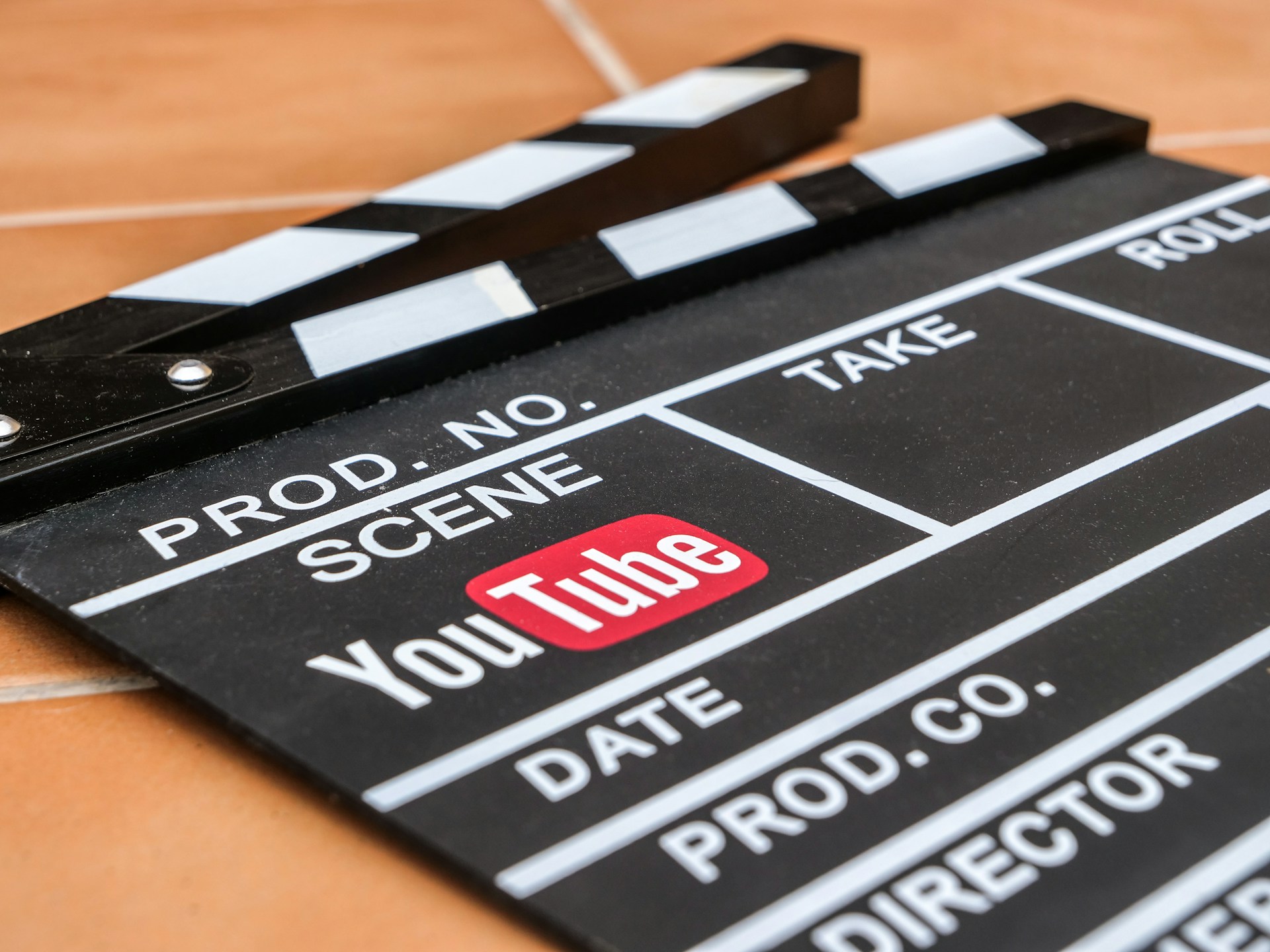
YouTube launched its most aggressive artificial intelligence (AI) push yet on Tuesday, September 16, rolling out creation tools that let users generate videos from text prompts and turn spoken words into songs as the platform fights to keep pace with TikTok.
The Google-owned video giant revealed the new features at its Made on YouTube event in New York. These tools will initially reach creators in the United States, the United Kingdom, Canada, Australia, and New Zealand.
This rollout spotlights Veo 3 Fast, Google DeepMind’s video generation model. Creators can now type simple descriptions to produce six-second video clips with sound effects and backgrounds for YouTube Shorts. The technology creates content at 480p resolution directly on mobile devices.
“We see AI as the next evolution of these tools – designed to empower human creativity and storytelling,” YouTube CEO Neal Mohan said at the event. “But make no mistake – no studio, network, tech company, or AI tool will own the future of entertainment. That power belongs to you – the creators.”
YouTube is urgently trying to match TikTok’s dominance in short-form video. While YouTube disclosed it has paid creators, artists, and media companies more than $100 billion over the past four years, the platform faces intense competition for the next generation of video makers.
Among the standout features is Speech to Song, which transforms dialogue from existing videos into musical tracks using Google DeepMind’s Lyria 2 model. Creators can remix memorable quotes or phrases into soundtracks, choosing styles like “chill” or “danceable” for their Shorts.
YouTube also introduced Edit with AI, a tool that assembles raw footage into polished first drafts complete with music, transitions, and voiceovers in English or Hindi. The feature aims to reduce editing time, a major pain point for content creators.
Ask Studio brings conversational AI directly into YouTube’s creator dashboard. The tool analyzes channel performance and audience data, offering personalized recommendations based on a creator’s content history and viewer comments.
YouTube addressed concerns about AI-generated content flooding the platform. All videos created with these tools will carry SynthID labels identifying them as AI-generated.
The company is also expanding its likeness-detection tool to all YouTube Partner Program creators through an open beta. This feature scans the platform for AI-generated videos using creators’ faces without permission, addressing worries about deepfakes.
Additional experimental features include motion transfer technology, which can copy dance moves from one video to another, and style transformation, which applies artistic effects like pop art to existing footage.
YouTube plans to expand these tools to more countries soon, though no specific timeline was provided. The platform’s ad revenue reached $8.93 billion in Q1 2025, up 10.3% year-over-year, according to parent company Alphabet’s earnings report.


















